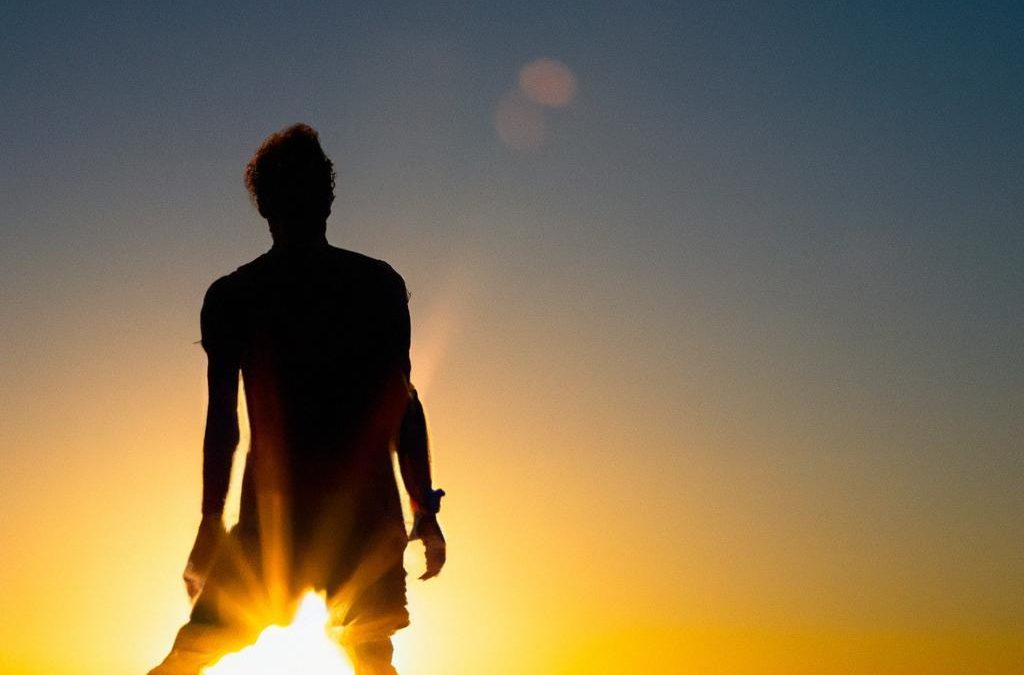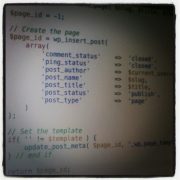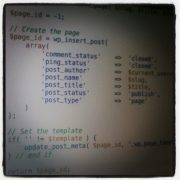
Believe it or not, there was once a time when Olympic rower Kristine O’Brien thought rowing wasn’t a real sport.
As an athletic high schooler, O’Brien expressed doubt in the sport when her parents encouraged her to join the school’s rowing team — now, she’s got an Olympics appearance with Team USA under her belt… or should we say oar?
“I thought, ‘I don’t know if that’ll be a good enough workout,’” O’Brien says of her high school hesitancy. “But my parents wanted me to try it because of all the scholarships in women’s rowing. So, I tried it out.” By the following spring, she was a national champ.
O’Brien’s story is one many rowers may recognize. She says that rowing isn’t a sport that many people get involved in at a young age because the equipment is so heavy. After all, rowers carry their own boats and oars to the water before even getting into their seats. Half of O’Brien’s boat in the 2020 Tokyo Olympics didn’t even start rowing until college. She’s part of the women’s eight boat, which placed fourth at The 2020 Games.
The “women’s eight” refers to the number of rowers in the boat — but really, there are nine women involved in getting a boat of eight rowers to the finish line. The rowers are the engine, and another (smaller) teammate, the coxswain, steers the boat, motivates the rowers and talks them through the team’s strategy throughout the race. Rowers themselves face the back of the boat as they row, so saying a good coxswain is important in an eight-woman boat would be a serious understatement.
This isn’t the only success O’Brien has seen in her career. She finished first in the pair (a two-woman boat with no coxswain) at the 2020 National Selection Regatta, finished third in the pair at the 2018 National Selection Regatta and third in the pair at the 2018 National Selection Regatta. In 2019, O’Brien’s team placed third at the World Rowing Championship and finished second at the World Rowing Cup II.
This year is special, however, because it’s the first time O’Brien has joined Team USA in the Olympics.
“I trained a long time for this,” she says. “I was cut from the 2016 Rio Olympic team, and after that, I didn’t know if I’d try again or not. But then I thought, ‘How many people get this opportunity?’ And I decided to come back.”
When she received the news that she would be going to Tokyo, O’Brien realized that she was actually grateful for being cut because it made her a better rower in the end.
The experience, she says, was worth the wait.
“The Japanese did an amazing job,” O’Brien says. “I felt so welcomed and everyone was so warm and welcoming and they made the experience so special.”
While she was starry-eyed about the The Games, O’Brien switched gears when it came to actually competing.
“I felt ready, like I knew this was my moment,” she says. “Obviously it’s very intense and the biggest race of your life so there’s nerves there, but that’s just part of it.”
The team has to work cohesively as a single unit of muscle and technique, so their performance is not only impressive on it’s own, but especially so considering the past year’s training obstacles concerning COVID-19.
“We all just came together and leaned on each other and supported each other,” O’Brien says. “That’s what makes this team so special.”
Training on and Off the Water
Rowing at the highest level is demanding, to say the least. During regular training, O’Brien is on the water or rowing machine — aka the erg, short for rowing ergometer — twice a day around six days a week. Sunday is usually a day off, or the team does workouts on their own. Depending on the time of year, weight training is two or three times a week in the afternoon.
A Basic Erg Workout
O’Brien executes many different kinds of rowing workouts, but a constant is a long row at a lower heart rate, from 130-150 BPM for around 80-100 minutes.
Occasionally, she will go through a 2,000-meter test (known as a 2K) on the rowing machine, which is a shorter, much faster workout that takes high-level female rowers about 6-7 minutes. It probably goes without saying that this is an insanely fast time compared to what an average person could do. If you’re already fairly fit and want to try knocking out a 2K as a workout, shoot for somewhere in the realm of 8-9 minutes on your first go-around. And make sure your form is on point first!
Nutrition
Here’s a day of eating for O’Brien:
Morning: Oatmeal, collagen powder, berries, a scoop of peanut butter, honey, cinnamon and coconut flakes — plus a cup of coffee
“I didn’t always drink coffee, but as soon as I did, training got so much better,” O’Brien says.
Morning workout
Post-workout snack: Chocolate milk
Second breakfast: Eggs or a bagel with orange juice
Pre-workout snack: Clif Bar or yogurt
Afternoon workout
Post-workout snack: Protein shake
Dinner: Meat with a carb and vegetables
“My general rule of thumb is to have 20g of protein every three hours,” O’Brien says. “It’s such a lifestyle. When you’re not rowing, you’re thinking about getting enough sleep, water and food. You have to be on your game all day every day.”
Injury Prevention
The constant bending back and forth required in rowing can injure the lower back, upper back, knees, wrists and ribs. O’Brien knows this from firsthand experience. Over the course of her rowing career, she’s suffered from overuse injuries, including a fractured rib that took her out of practice for two weeks.
“It sucked, but it taught me such a lesson on knowing my body,” she says. “If something flares up, address it right away. Don’t ignore it.”
She advises that to prevent injury, athletes need to be focused not only in training, but outside of it as well.
“Getting enough sleep so you’re recovering properly, getting the food you need and hydrating are all important,” O’Brien says. “I also see a physical therapist about twice a week. We do soft tissue work and exercises to strengthen areas of weakness.”
Quick Q&As
Oxygen Magazine: Coffee or no coffee?
Kristine O’Brien: Oh, definitely coffee. I have an espresso machine.
OM: Pre-workout snack?
KB: Clif Bar — mint chocolate chip or peanut butter chocolate flavor!
OM: Post-workout snack?
KB: Protein shake or, occasionally, I’ll grab a Wawa hoagie.
OM: Favorite pump-up song?
KB: Born to Rage (USA Version) by Dada Life.
OM: What’s going through your mind as you row?
KB: I just try to take it one stroke at a time and be present. I think of little goals to get through it.
OM: What’s the toughest workout you do?
KB: Two-by-six kilometers. Both 6Ks take about 22 minutes.
OM: If you could have dinner with one person, dead or alive, who would it be?
KB: Serena Williams.
OM: Have you ever fallen out of the boat?
KB: A few years ago, I was in a pair with my teammate and our oars didn’t lock right and when they pop out you flip. That’s what happened to us. We were totally shocked and never saw it coming. All of a sudden we were in the cold Jersey water in November!
OM: Do you have a mantra?
KB: Earned, not given. Entitled to nothing, grateful for everything.








